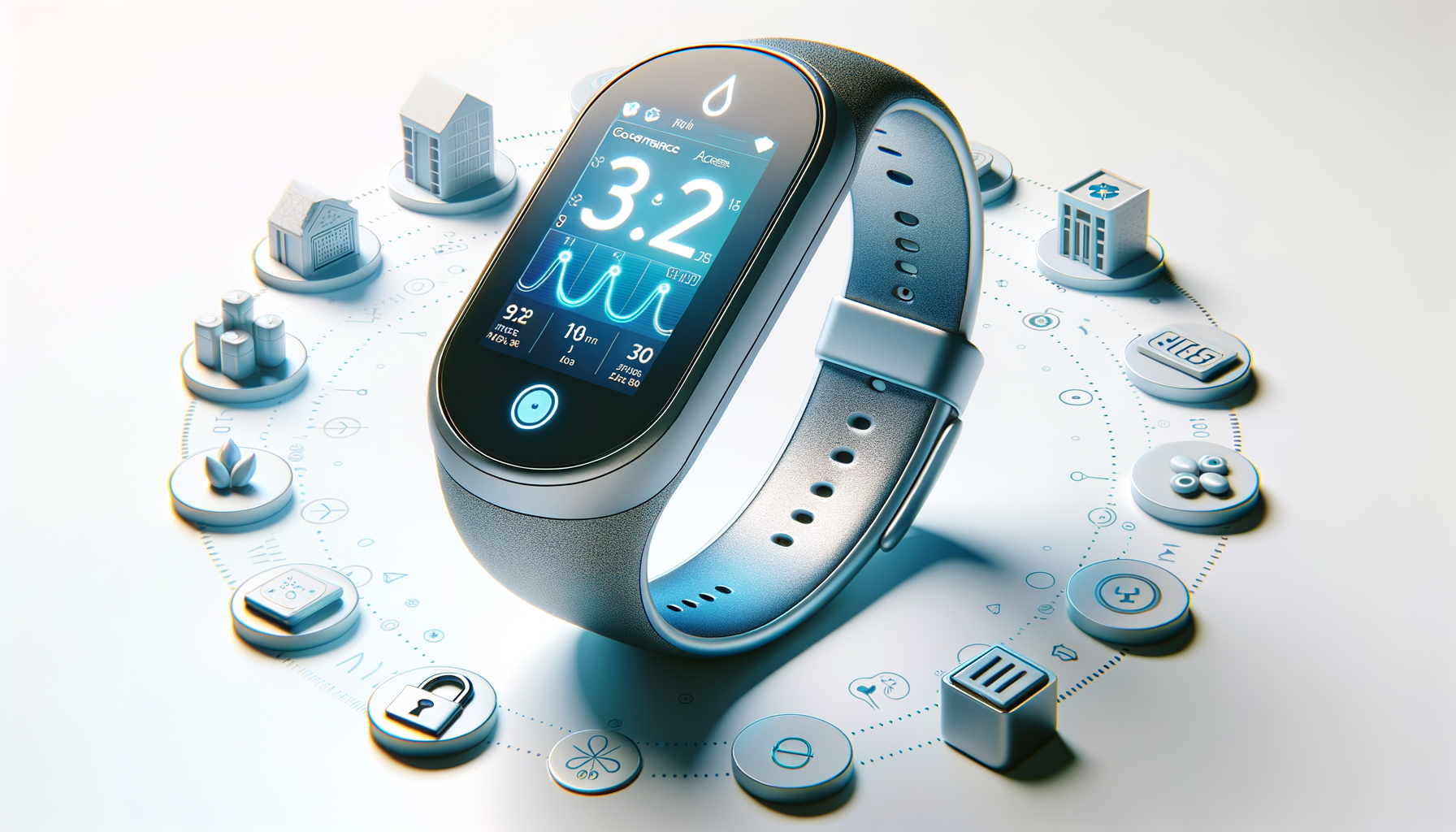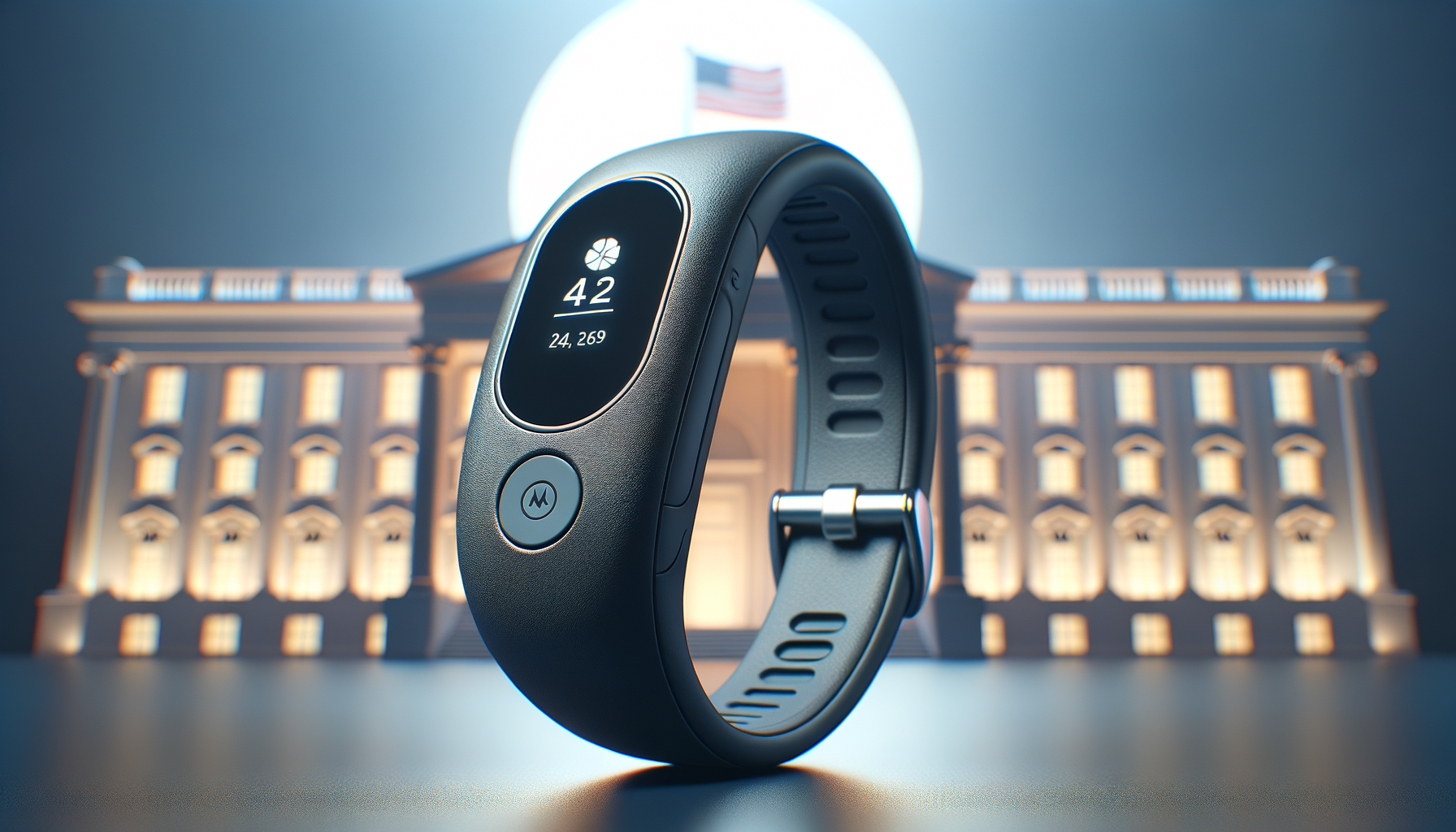Introduction to Wearable Blood Sugar Monitors
In recent years, wearable blood sugar monitors have emerged as a revolutionary tool for individuals managing diabetes. These devices offer continuous glucose monitoring, providing real-time data that helps users maintain optimal blood sugar levels. Unlike traditional finger-prick tests, wearable monitors provide a non-invasive and convenient way to track glucose levels throughout the day and night.
Wearable blood sugar monitors typically consist of a small sensor placed on the skin, which measures glucose levels in the interstitial fluid. The sensor sends data to a smartphone or other device, allowing users to monitor their levels continuously. This technology not only enhances the ability to manage diabetes but also provides insights into how diet, exercise, and lifestyle choices impact glucose levels.
The benefits of wearable blood sugar monitors are numerous. They reduce the need for frequent finger-prick tests, provide alerts for high or low glucose levels, and offer detailed trends and patterns. These features empower users to make informed decisions about their health, potentially reducing the risk of complications associated with diabetes.
Government Initiatives in Glucose Monitoring
Governments around the world are recognizing the importance of accessible glucose monitoring for individuals with diabetes. Various programs aim to subsidize or provide wearable blood sugar monitors to those in need, ensuring that financial constraints do not hinder access to this vital technology.
One of the primary goals of these initiatives is to reduce the long-term healthcare costs associated with diabetes complications. By providing individuals with the tools to effectively manage their condition, governments hope to decrease hospitalizations and improve overall public health. Additionally, these programs often focus on education, ensuring that users understand how to utilize the technology effectively.
Examples of government initiatives include providing free or discounted devices to low-income individuals, integrating glucose monitoring technology into national healthcare systems, and supporting research and development to advance the technology further. These efforts demonstrate a commitment to improving the quality of life for those living with diabetes.
Comparing Traditional and Wearable Monitoring Methods
Traditional glucose monitoring methods, such as finger-prick tests, have been the standard for many years. While effective, they can be inconvenient and uncomfortable, leading to less frequent testing and potential gaps in glucose management. In contrast, wearable blood sugar monitors offer a more comprehensive and user-friendly approach.
Wearable monitors provide continuous data, offering insights into glucose trends and patterns that are not possible with periodic finger-prick tests. This continuous monitoring allows users to make timely adjustments to their diet, exercise, and medication, potentially improving their overall diabetes management.
However, it’s important to note that wearable monitors may not be suitable for everyone. Some individuals may prefer the simplicity and lower cost of traditional methods, while others may find the technology challenging to use. Ultimately, the choice between traditional and wearable monitoring depends on individual preferences, lifestyle, and healthcare needs.
Challenges and Considerations in Implementing Wearable Technology
While wearable blood sugar monitors offer numerous benefits, there are challenges and considerations to address when implementing this technology. Cost remains a significant barrier for many individuals, as wearable monitors can be expensive without government subsidies or insurance coverage.
Additionally, there is a learning curve associated with using wearable technology. Users must understand how to interpret the data and integrate it into their diabetes management plan. Healthcare providers play a crucial role in educating patients and ensuring they have the support needed to use the technology effectively.
Data privacy is another consideration, as wearable monitors collect and transmit sensitive health information. Ensuring that this data is secure and used appropriately is vital to maintaining user trust and compliance with privacy regulations.
Conclusion: The Future of Glucose Monitoring
The future of glucose monitoring is promising, with wearable technology leading the way in providing accessible and effective diabetes management solutions. Government initiatives play a crucial role in making this technology available to those who need it most, reducing healthcare costs and improving public health outcomes.
As wearable blood sugar monitors continue to evolve, they will likely become more affordable and user-friendly, further enhancing their appeal. By embracing this technology and supporting its widespread adoption, we can improve the quality of life for individuals with diabetes and empower them to take control of their health.
Overall, the integration of wearable glucose monitoring into healthcare systems represents a significant step forward in diabetes management, offering hope and improved outcomes for millions of people worldwide.



Leave a Reply